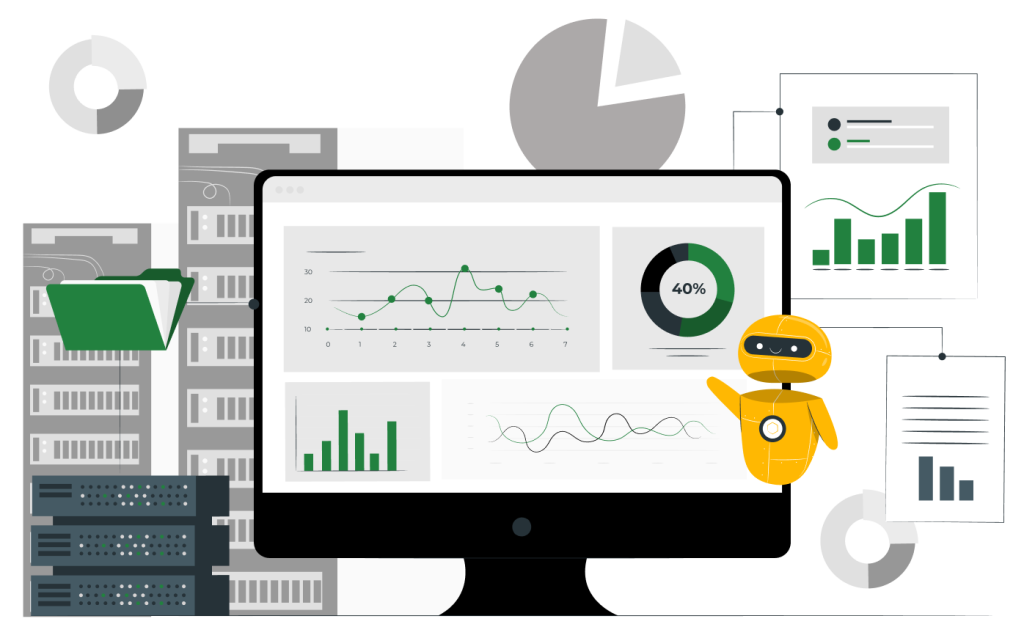How do I know if my list is any good?
Direct response professionals know that to win: a good list is everything. Numerous studies have proven that as much as 60% of success in any communications campaign is attributable to the list, while the remaining 40% is split evenly between the appeal of the creative and the offer you make. But how do you know if your list is good before spending on your campaign?
There are 2 defining factors that make for a good list.
#1. We need to have the right audience.
A list of senior citizens, no matter how accurate, would not be a good list for a rock-climbing adventure. Similarly, a list of apartment dwellers would not be a good list for a lawn-care service. Your offer needs to be broadly appealing to the audience on the list.
Sometimes this is easy. If your list comprises past customers, donors, or individuals who’ve expressed past interest in your product, service, or initiative – you know you’re working with the right audience and can move on (see point #2 below).
If you don’t know the audience, you’ll need to learn about them by enriching your data list by appending defining characteristics.
Common enrichment attributes for B2B campaigns are: business industry (NAICS or SIC codes), and company size (revenue or number of employees). For the business contact individual, the common enrichment attribute is job title or category (for example: marketing, IT, finance, or HR).
For a B2C campaign, we commonly consider affluence (low, middle, or high-income individuals), age, homeowner or renter, the type of home (apartment or condo dwellers versus those living in single family dwellings), and whether they have children. Depending on the offer, other factors may include gender, ethnic background, education level, and even how long they’ve lived in their current home.
By appending demographic and socioeconomic attributes to a list, you can learn a lot about your audience to improve your targeting and segmentation. Of course the goal is to ensure you have solid alignment between the audience and the offer you intend to make.
Data companies like Cleanlist are able to help you acquire or enrich your database with these and other characteristics to ensure you’re targeting the right people.
#2. We need to ensure the list is accurate and up-to-date.
Important to your campaign’s success is having accurate and up-to-date contact information.
For email campaigns, it’s the email address that’s most important. There are services offered by Cleanlist and others to test your email addresses and ensure they’re valid and won’t bounce. However, there’s no way to know whether the email address is actively checked, or if it belongs to the person you’re trying to communicate with. Marketers make the assumption that emails that don’t bounce are delivered. It’s a big assumption, but it’s the best we can do.
For direct mail campaigns, you’ll be relying on the postal address.
Every day at Cleanlist we hear a client say something like this: “my list is good, we have an address accuracy score of 90-something percent”. This simply isn’t true.
Address accuracy (sometimes called SERP-certification in Canada, or CASS-certification in the US) is a measure of how accurate your postal addresses are. What it doesn’t tell you is whether the person you’re wanting to reach lives there, which is absolutely critical.
Your contact may have moved, be deceased, or maybe never lived at the address you have. A professional data maintenance and hygiene program can vet your list and effectively validate your data. And remember, data is a lot like bananas: it may look great today, but it decays very quickly!
Services like NCOA (National Change of Address) — offered by Cleanlist and others — can help, but only to a certain extent. Many people don’t report their move to Canada Post (or they report it, and don’t allow for sharing of their new address). Or, for various reasons, the address you have in your database doesn’t match the “prior” address in the NCOA database. NCOA updates will capture only a small portion of those that have actually moved.
What savvy data managers need is a way to validate that their contacts live at the address they’re trying to reach them at.
At Cleanlist, we provide a service called “Right Party Verification” that will tell you precisely whether your contact lives at the address you have. It’s a highly effective way to ensure that your mailing budget is spent wisely.
How Much Does it Cost?
The costs to acquire a contact list vary depending on the type of list, the data elements included, and the volume of records. For consumer lists, license costs average between 15¢ and 25¢ per name. For business lists, the average cost is between 50¢ and $1.00 each.
Data maintenance costs vary depending on the size of the database. But on average, expect to spend between 20¢ and 35¢ per contact per year to keep your database clean and up-to-date.
Note that these fees are just averages to give you an idea of the cost. Fees for your list may vary considerably depending on your unique situation. Talk to Cleanlist to get a more precise estimate.
Key Take-Aways:
1. Numerous studies have proven that as much as 60% of the success of any communications campaign is attributable to the list.
2. Ensuring your audience aligns with the offer is critical.
3. Data enrichment or appending key attribute data to your list will help you better understand the audience on the list and help when segmenting it into appropriate groups.
4. Having accurate and up-to-date information on your list is essential to your campaign’s success.
5. When considering the accuracy of postal address, make sure the address itself exists AND that the person you’re trying to reach still lives there.
What Are the Next Steps?
Cleanlist can help you clean and enrich your database, and ensure it stays up-to-date. Qualified clients can have Cleanlist evaluate their databases and receive a detailed report card at no cost or commitment. Contact Cleanlist using the button below. Our data analysts are here to help you.





